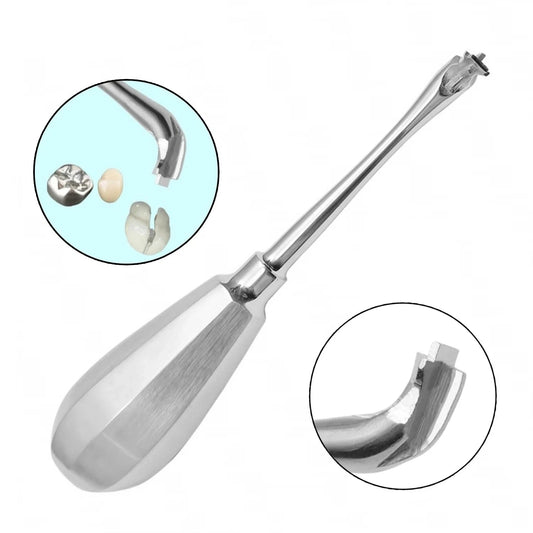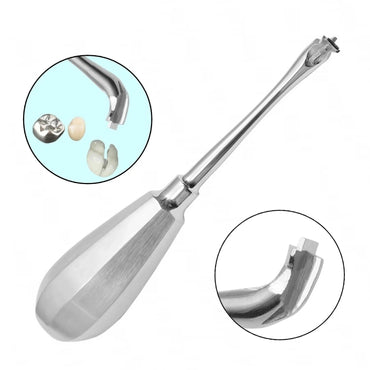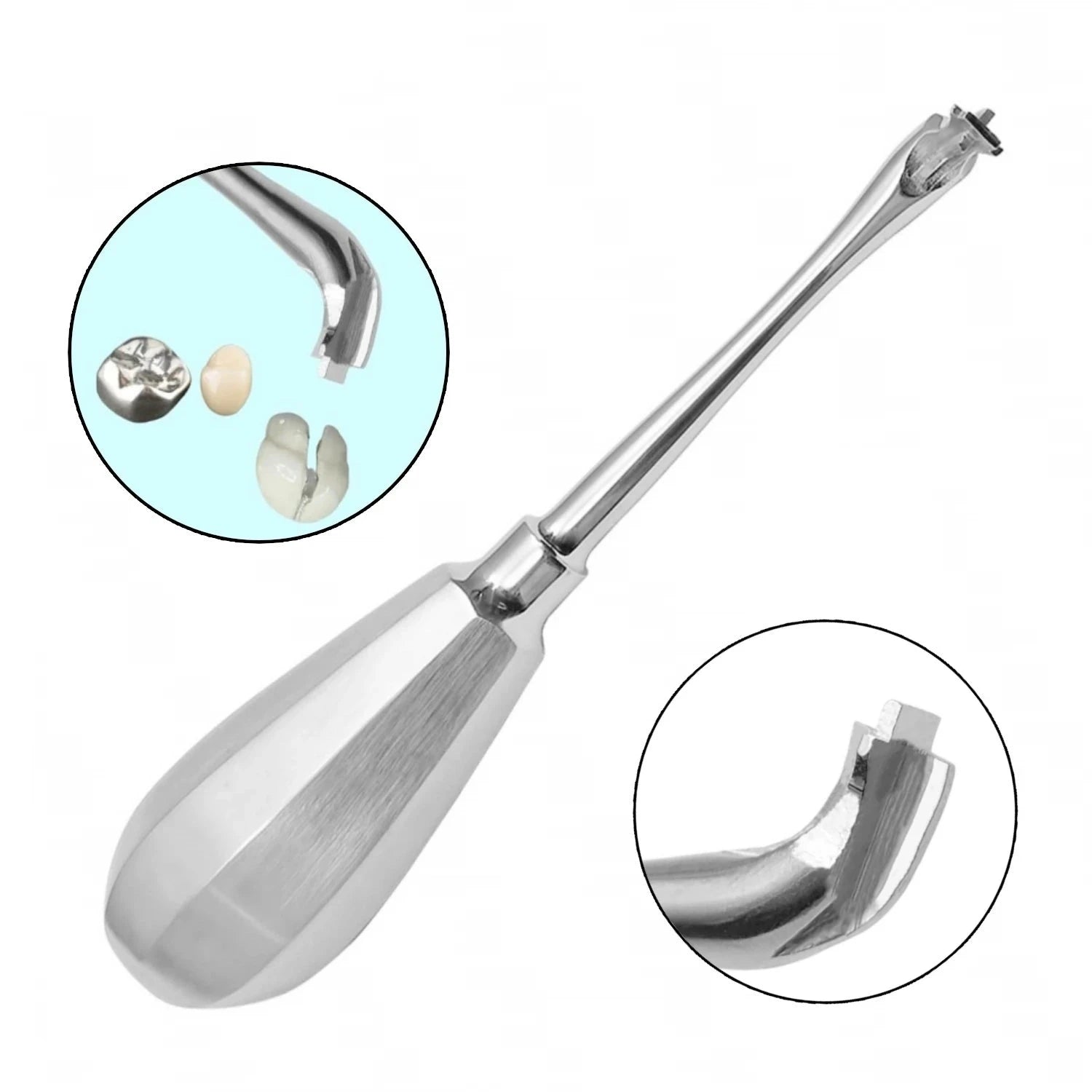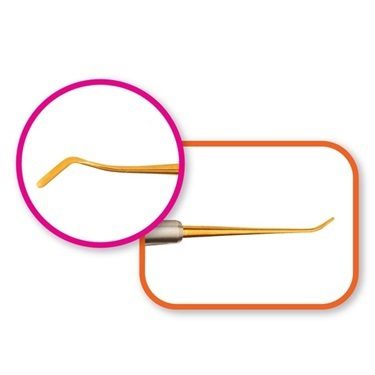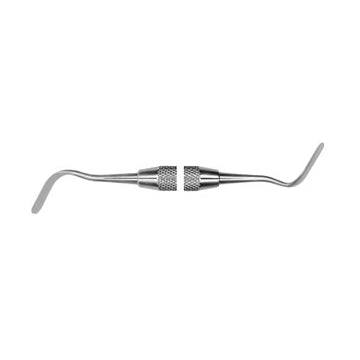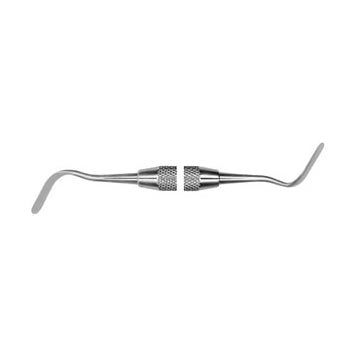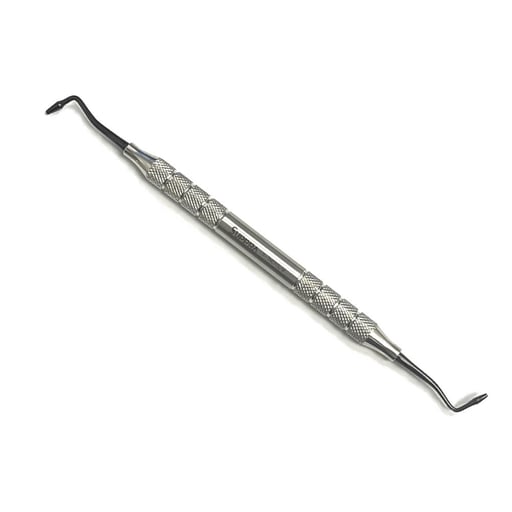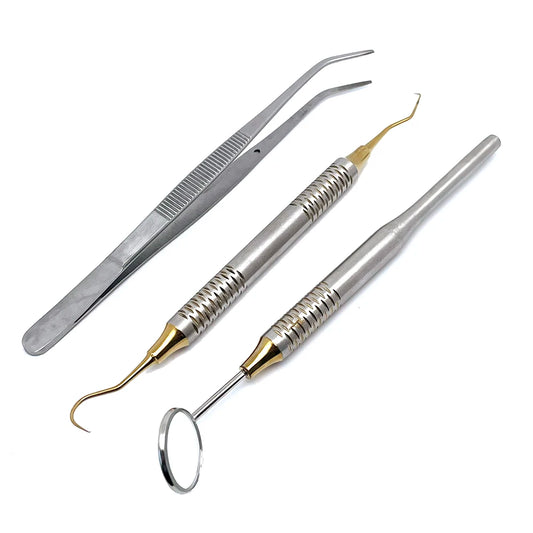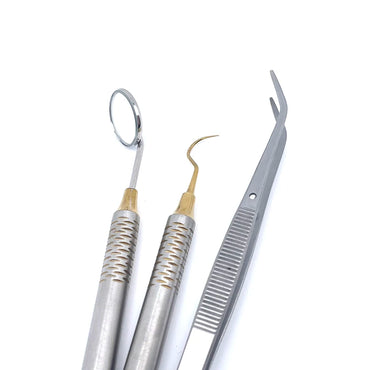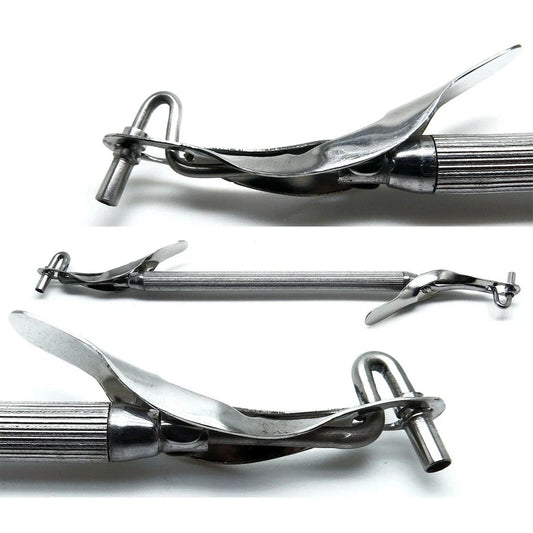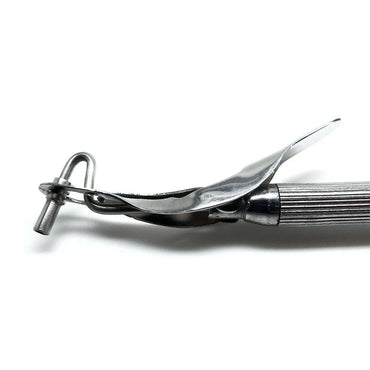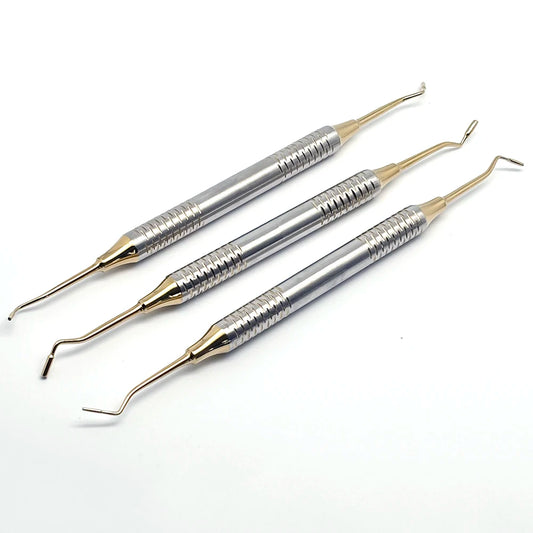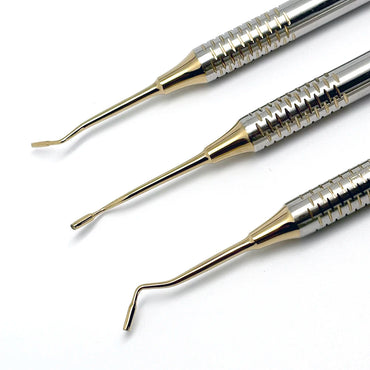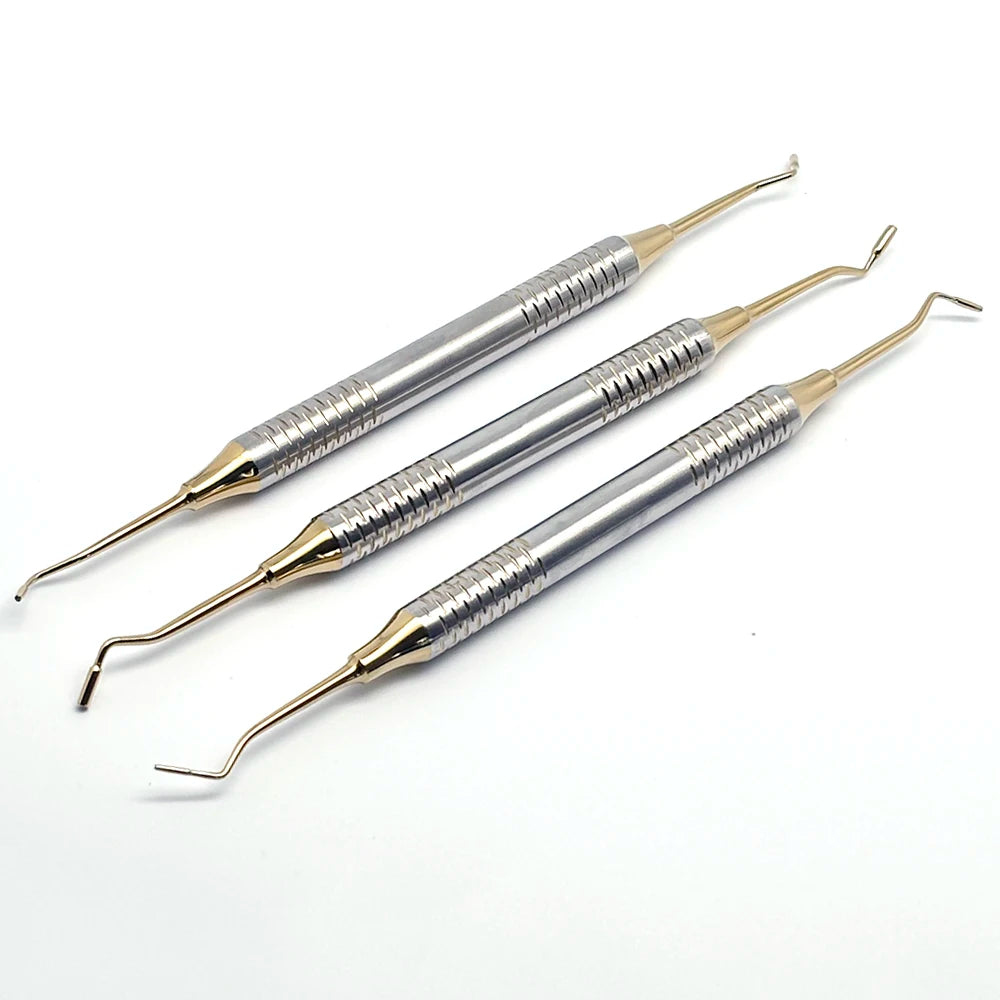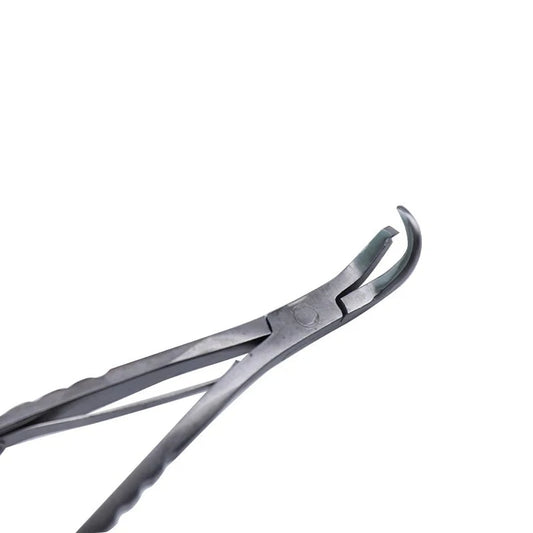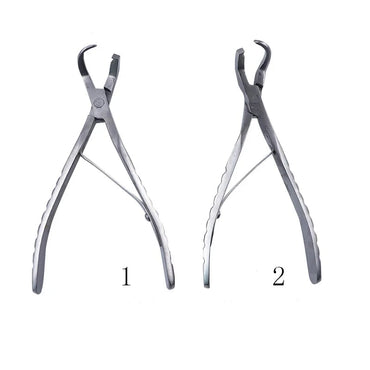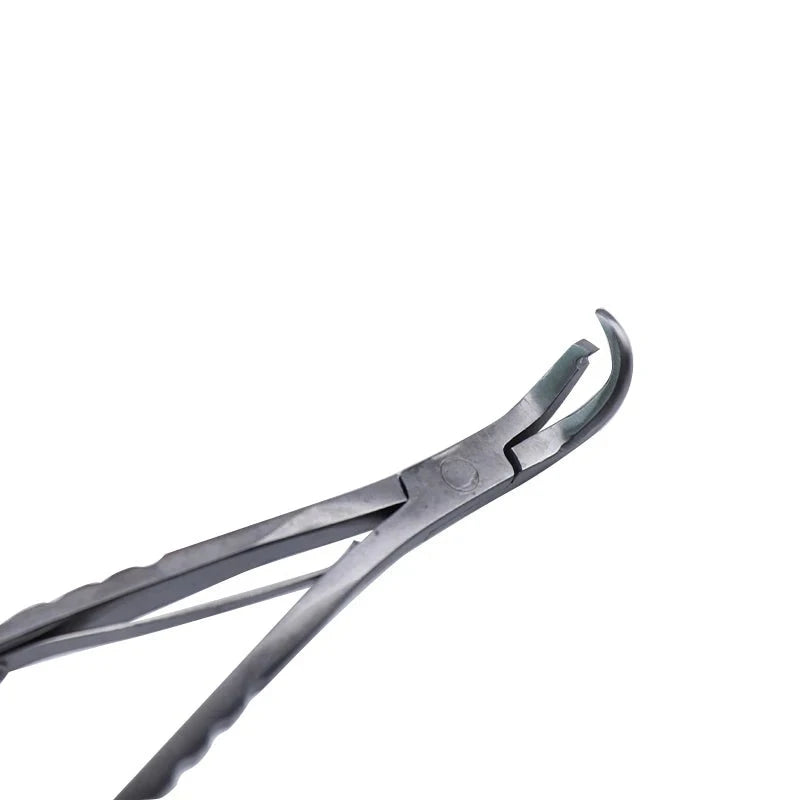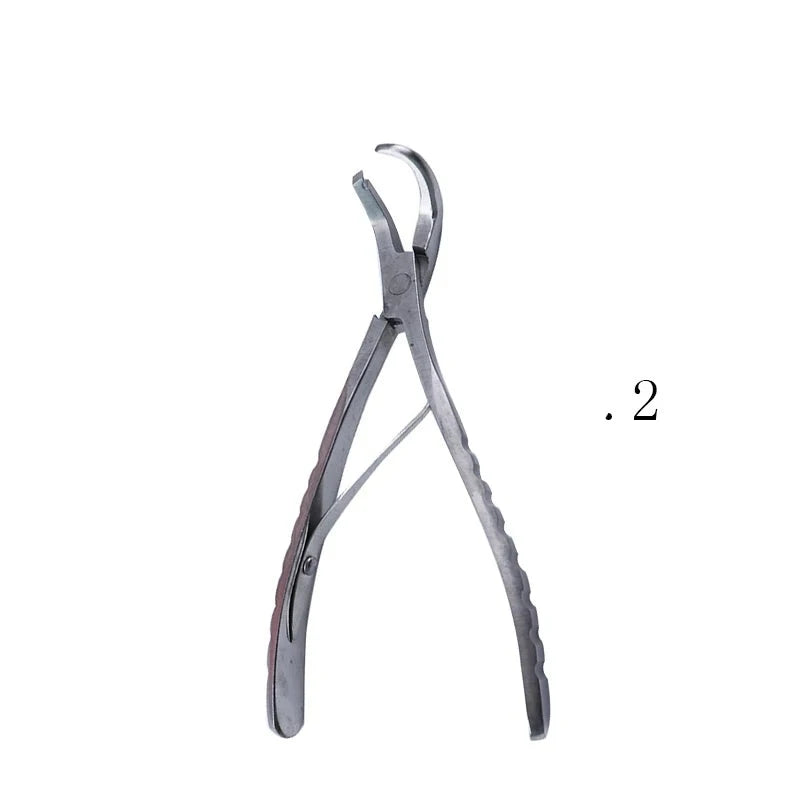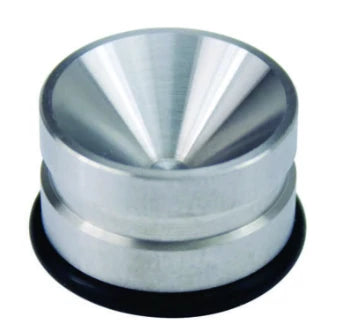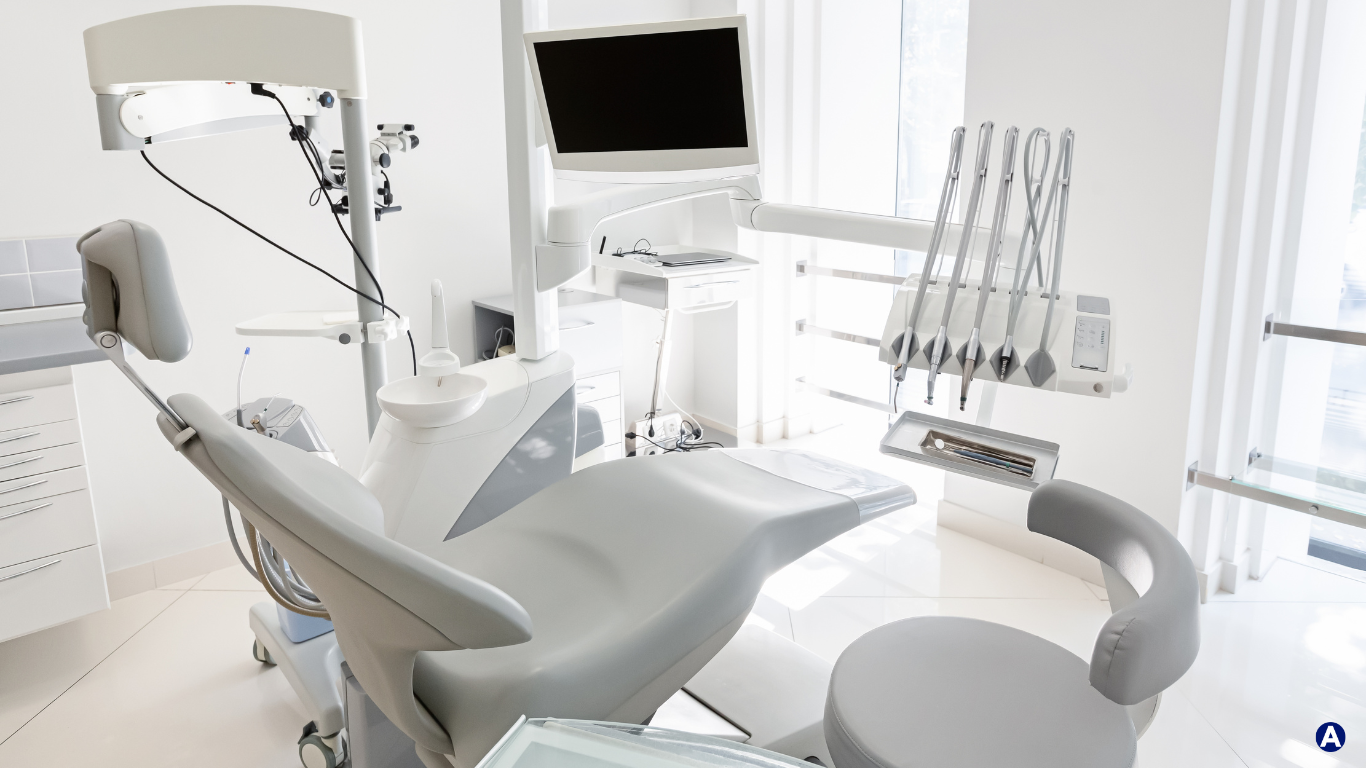5 Ways to Reduce Overhead as Dental Supply Costs Rise in 2025
As we settle into 2025, dental practices across the country are feeling the squeeze of rising operational expenses—particularly when it comes to dental supplies. With inflation, supply chain instability, and manufacturer price increases, the cost of running a practice continues to grow. But there’s good news: you don’t have to sacrifice patient care or team morale to tighten your budget. By implementing a few strategic changes, your office can reduce overhead and protect profitability without compromising on quality.
Here are five actionable ways to reduce overhead and keep your dental practice financially healthy in 2025:
1. Audit Your Inventory and Streamline Purchasing
Before you can reduce costs, you need a clear picture of what you’re spending and where. Start by auditing your current inventory. Chances are, your office is ordering more than it needs—or not rotating stock properly, leading to expired or wasted products.
Action Steps:
-
Use inventory management software to track usage trends and flag overstock.
-
Set par levels for your most-used items and reorder only when necessary.
-
Assign one team member to manage ordering and inventory to reduce duplicate purchases.
-
Schedule regular “inventory check days” to evaluate what’s on hand and what’s running low.
Streamlining your ordering process prevents overbuying and gives you more control over your monthly expenses.
2. Consolidate Vendors and Negotiate Better Pricing
Working with multiple vendors may seem convenient, but it often leads to inconsistent pricing, additional shipping charges, and wasted time managing multiple accounts. Instead, try consolidating your orders with one or two trusted suppliers who offer competitive rates and rewards for loyalty.
Action Steps:
-
Identify your top 10 most-ordered items and compare prices across vendors.
-
Reach out to your reps to ask about volume discounts, bulk deals, or loyalty programs.
-
Consider joining a buying group (GPO) to gain access to group-negotiated pricing.
-
Request a custom quote for your full list of recurring supplies to see if you qualify for lower pricing tiers.
Remember, you have more negotiating power than you think—especially if you’re ordering consistently.
3. Buy Smart: Generic and Private-Label Products
Brand-name products are often marked up for marketing—not quality. Many dental supply companies now offer generic or private-label options that are virtually identical in performance, but significantly lower in price.
Action Steps:
-
Test generic versions of gloves, prophy paste, cotton rolls, and disinfectants.
-
Review product data sheets to ensure they meet your clinical standards.
-
Ask colleagues or online dental communities for product recommendations.
-
Purchase a small quantity to trial before committing to a full switch.
Switching even a few high-use items to cost-effective alternatives can save hundreds—if not thousands—over the course of the year.
4. Train Your Team to Be Cost-Conscious
Cost-saving measures aren’t effective if your team isn’t on board. Engage your front and back office staff in the process by helping them understand the financial impact of wasted supplies and inefficient systems.
Action Steps:
-
Host a monthly “Overhead Awareness” meeting to review spending and set goals.
-
Train clinical staff on how to prep trays with just what’s needed (no extras).
-
Encourage assistants to use older products before opening new boxes (FIFO method).
-
Create visual reminders in storage areas to reinforce smart usage habits.
When your team becomes invested in reducing waste, the savings become part of your culture—not just a one-time fix.
5. Reevaluate and Automate Your Non-Clinical Systems
While dental supplies are a visible and tangible cost, non-clinical overhead like billing, scheduling, and insurance processing can quietly drain your budget. Fortunately, there are many tools in 2025 that can streamline these tasks and reduce labor hours.
Action Steps:
-
Use practice management software that integrates scheduling, billing, and patient communication.
-
Automate appointment reminders, follow-ups, and insurance verifications.
-
Evaluate third-party services (e.g., billing companies) to reduce in-house workload.
-
Monitor your no-show rate—missed appointments are a hidden overhead cost. Automating reminders and confirmations can dramatically improve this metric.
By investing in the right technology, your team can focus on patient care instead of paperwork—and you’ll save on staffing costs over time.
Final Thoughts
Dental supply costs may be rising in 2025, but that doesn’t mean your overhead has to. With the right systems in place, you can manage your practice more efficiently, make smarter buying decisions, and build a cost-conscious team culture.
Start by reviewing your current spending, identify the low-hanging fruit, and take consistent action. Small changes—like switching gloves or automating a task—may seem minor, but when multiplied across a year, the savings can be substantial.
Ultimately, the goal isn’t to cut corners—it’s to maximize your resources so you can continue delivering exceptional care while keeping your business financially strong.





